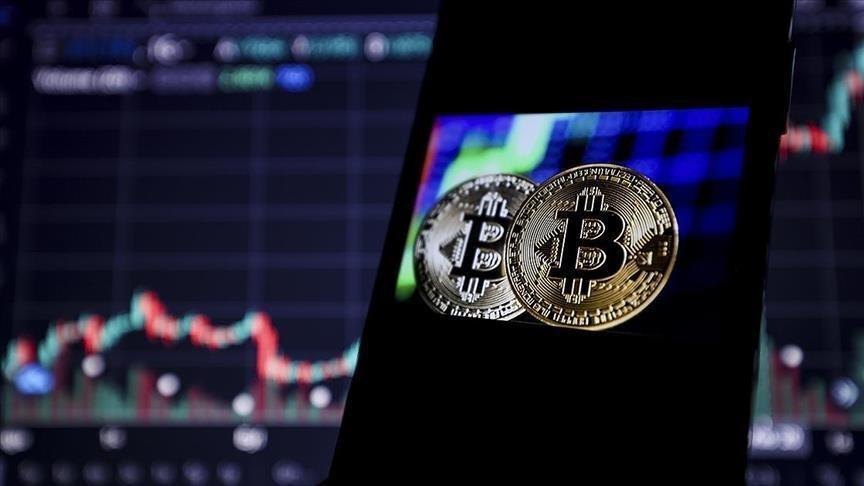
One of the biggest promises that excited crypto communities worldwide was the idea of data freedom, a system built on peer-to-peer transactions and empowered decentralized individuals. The earliest example of this was seen with artists leveraging NFT technology to connect directly with collectors without the need for galleries or curators. However, this idea began to erode as marketplace operators and community managers prioritized profit over their initial promises, disappointing early believers.
Next came the Metaverse boom. Especially in blockchain ecosystems, “play to earn” models sparked widespread interest. While some projects showed long-term potential, many users rushed in merely to profit quickly, delaying the true promise of these virtual worlds.
And now artificial intelligence in early 2024; AI dominated nearly every startup pitch, fueling both excitement and disruption. Yet as these tools became accessible to end users, it became clear that many of these projects were more about leveraging big tech labels and securing VC funding than creating truly independent, decentralized technologies.
Today, the footsteps of quantum computing are approaching fast. As the industry speculates about its potential, major players such as Google, Deloitte and BlackRock have released reports warning that quantum computers could someday break blockchains. This scenario is theoretically possible, but with a fully functional quantum computer still years away, why the sudden urgency in publishing such reports?
Following the revelation that China's DeepSeek is producing quantum chips at low cost, U.S. stock markets saw AI-related shares previously buoyed by speculative optimism take a hit. It would be no surprise if the next market narrative shifts to quantum computing.
After a long period of silence, IBM revealed that its Starling project aims to deliver a quantum computer by 2029. Nvidia CEO Jensen Huang recently stated that the industry is at a “critical threshold” for quantum development. Unsurprisingly, the stock prices of U.S. companies engaged in quantum computing have surged.
At the core of these reports lies another telling signal: Blockchain vulnerability. While crypto communities once pursued financial freedom, they now appear more focused on profiting from meme coins with little real utility. As ETFs and traditional financial institutions deepen their ties to crypto assets, mainstream interest continues to grow. Stablecoins such as USDT and USDC are becoming clear precursors to central bank digital currencies (CBDCs), bridging the gap to fully digitized money systems.
Even minor rumors of quantum-powered hacks — or small cybersecurity breaches — could accelerate this transition to state-backed digital currencies. The decentralized dream may, ironically, end up strengthening the centralized financial order it once sought to disrupt.
Art market feels the strain of global conflict
Tensions between nations have escalated into active conflicts in many parts of the world, fueling fears of prolonged instability. Ongoing trade, logistics and energy crises, long flagged by economists, are also driving inflation higher. As the global economy shifts into a wartime footing, investor preferences and luxury spending patterns are changing. One sector clearly feeling the pressure is the art market.
The prolonged Russia-Ukraine war, growing instability in the Middle East, and rising tensions between China and Taiwan have all contributed to a slowdown in the global art scene. China, once one of the leading buyers of Western art, has sharply reduced its market activity over the past two years. "Chinese collectors are no longer willing to take risks. They are redirecting their investments elsewhere," said Wang Wei, Sotheby’s head of Asia.
In 2023, global art market sales totaled $65 billion, down 9 percent from the previous year. The market contracted further in 2024, shrinking by 12 percent to $57.5 billion. Sales of so-called “trophy” works and high-value masterpieces fell by a staggering 44.2 percent, while the lower and middle segments of the market remained relatively active.
This downward trend has continued into the first quarter of 2025, with total sales dropping another 27 percent compared to the already weak first quarter of 2024.
Western collectors have largely stopped purchasing works by Russian artists since the invasion of Ukraine, while Russian galleries have been excluded from major international art fairs. Meanwhile, escalating conflicts in the Middle East have dampened regional markets led by Doha and Dubai. Visitor numbers at Art Dubai have declined sharply, and art events in cities like Amman, Tel Aviv and Beirut have been canceled altogether.